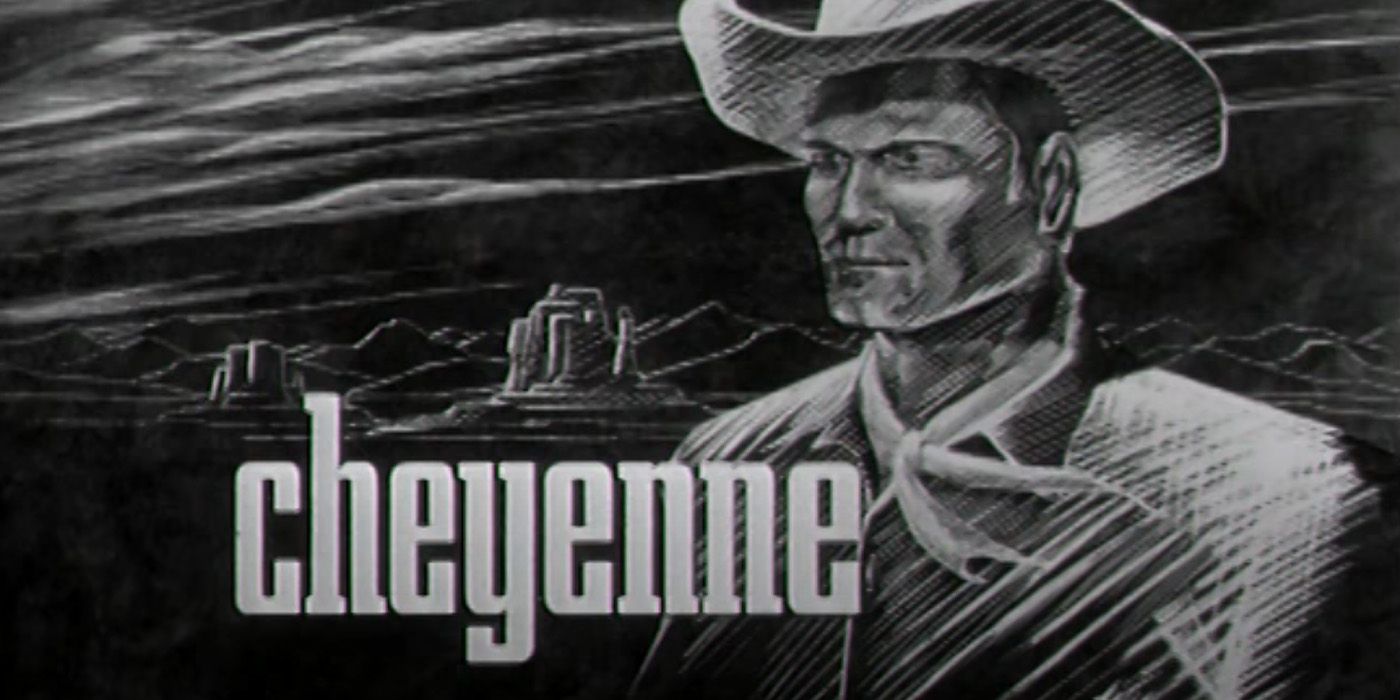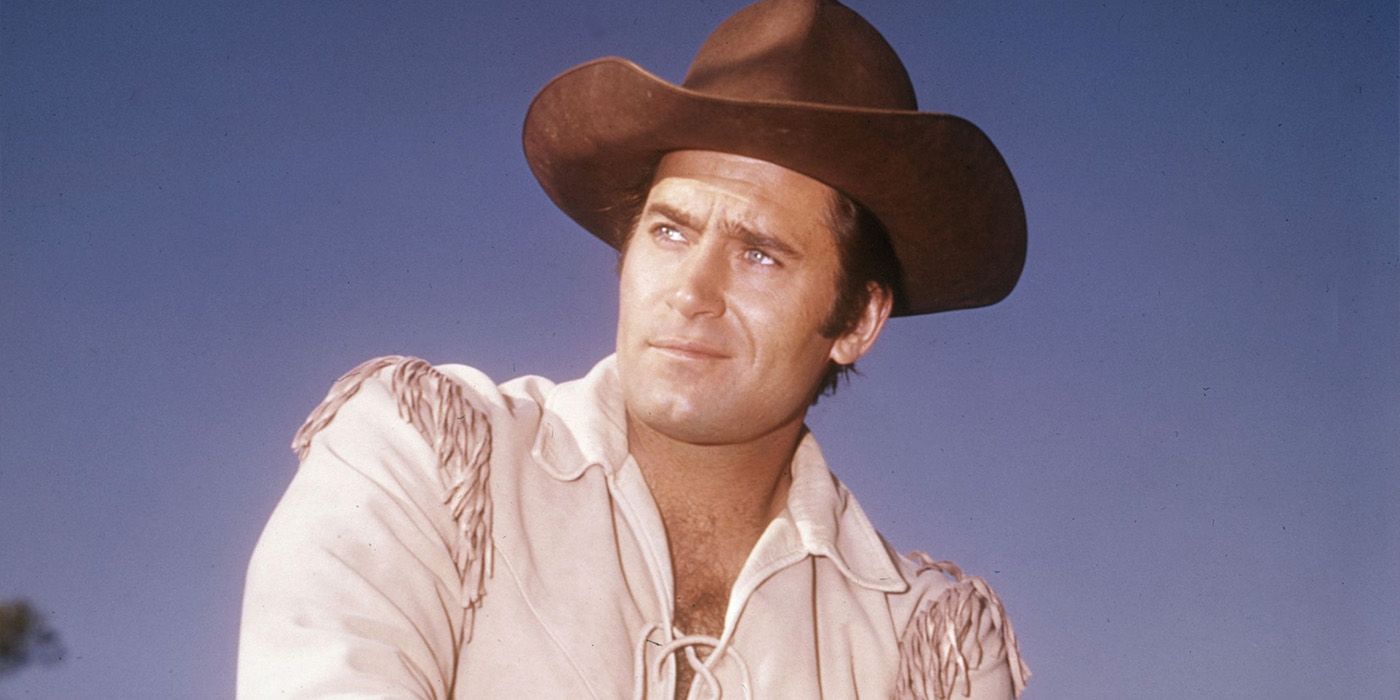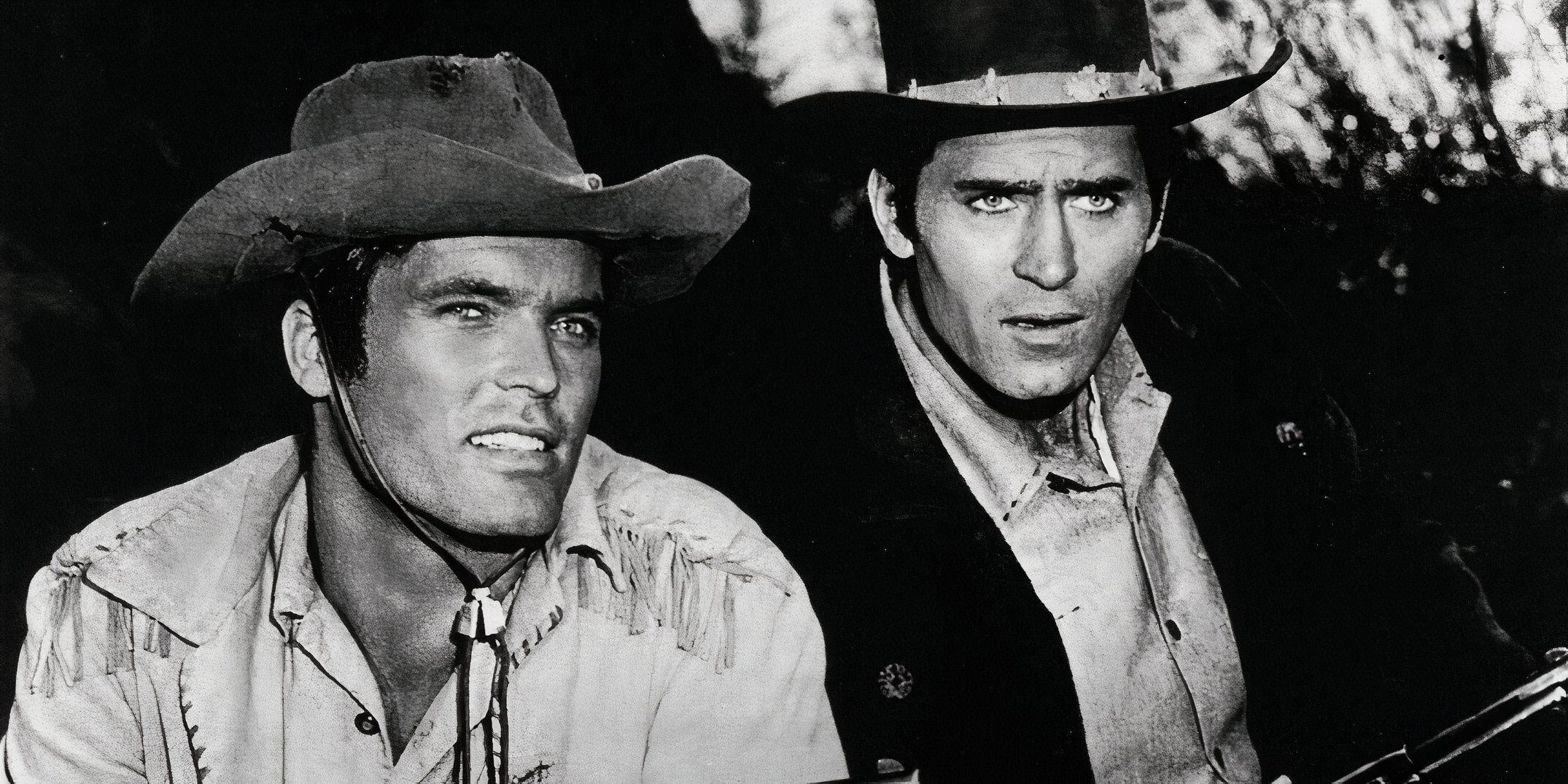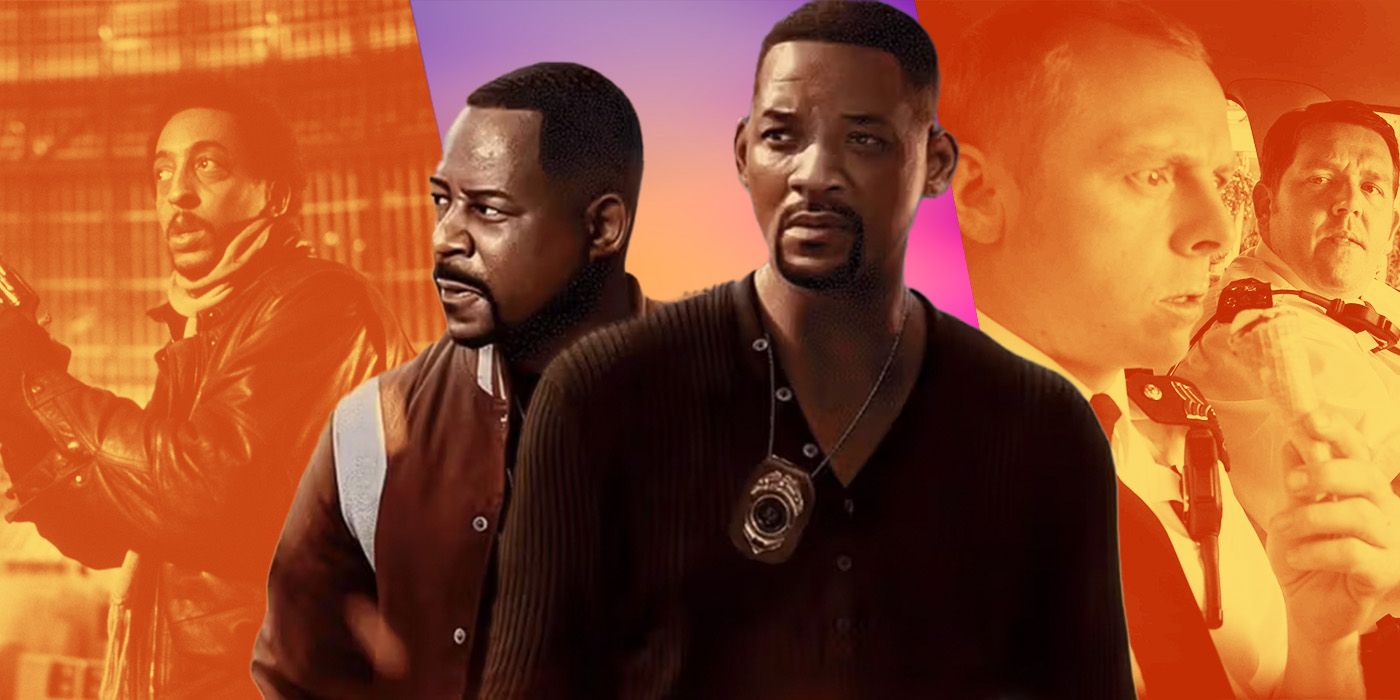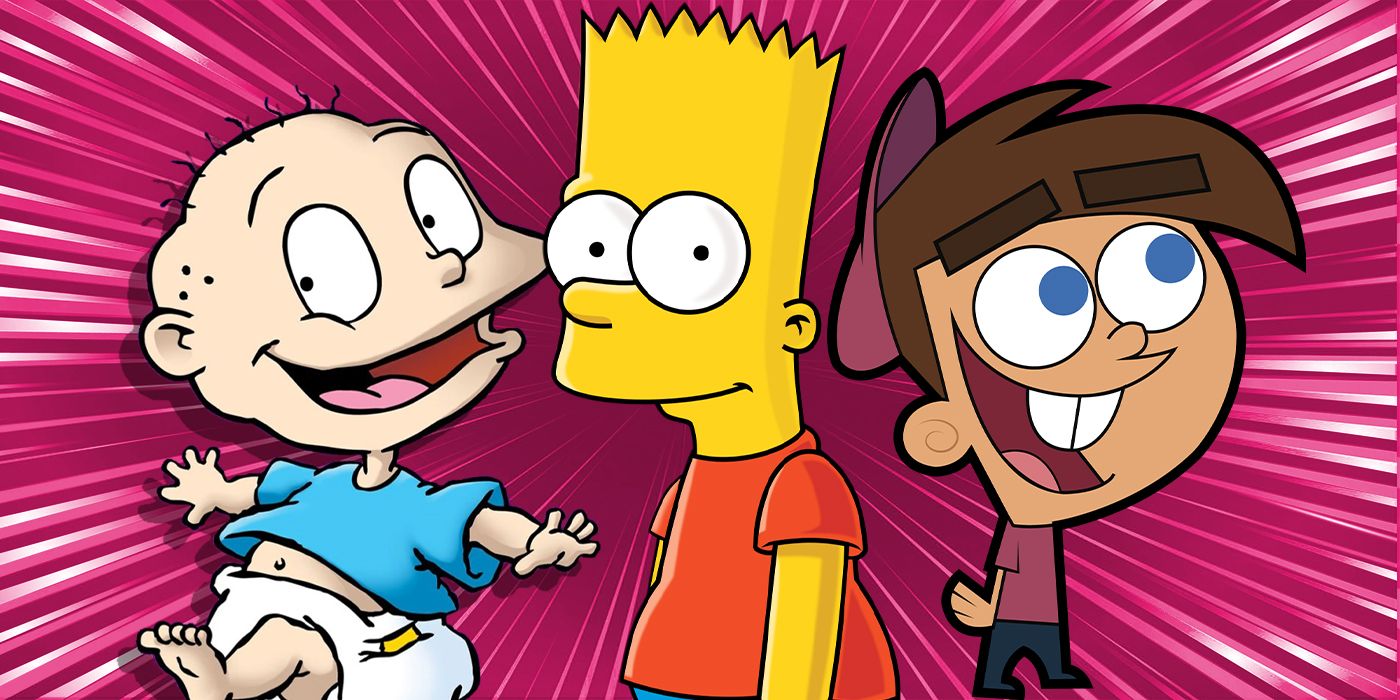The Big Picture
-
Cheyenne
was the first hour-long Western TV series, setting the stage for the genre’s future. - Clint Walker as Cheyenne Bodie was the iconic lead, appearing in nearly every episode of the show.
- The spin-off,
Bronco
, was created due to a pay dispute with Walker, expanding the Western TV universe.
When it comes to classic Western television, it’s hard to pinpoint exactly which series was the most influential on the ever-expanding genre. Gunsmoke was the longest-running, followed shortly by Bonanza, but even those were predated by The Life and Legend of Wyatt Earp, which had an impressive six-season run of its own. But there’s one Western television classic worth revisiting due to its status as the first hour-long Western program. In fact, many consider this to be the first hour-long drama of any kind to run more than a single season! That’s right, we’re talking about ABC’s 1955 series, Cheyenne, which starred Clint Walker in the title role as Cheyenne Bodie, wandering cowboy extraordinaire!
Cheyenne
In the vast and untamed American West, Cheyenne Bodie, a drifter with a strong sense of justice, navigates through a series of adventures as he encounters a diverse array of characters and challenges. From battling outlaws to mediating conflicts with Native American tribes, Cheyenne’s journey is marked by his unwavering commitment to doing what’s right. Each episode explores different aspects of frontier life, blending action and drama to depict the rugged environment and the complex moral landscape of the Western frontier.
- Release Date
- September 20, 1955
- Cast
- Clint Walker , Clyde Howdy , Chuck Hicks , Lane Chandler
- Main Genre
- Western
- Seasons
- 7
- Creator(s)
- Roy Huggins
‘Cheyenne’ Is the Definition of a Traditional Television Western
Before Rod Serling tried his hand at the genre with The Loner in the 1960s or Clint Eastwood became known as the Man With No Name, Cheyenne took its leading man and set him on a course across the American West. A wandering hero with no place to call his home, Cheyenne Bodie was a man’s man. He was a hulking figure with a deep voice and an honorable moral code more akin to the genre’s traditional values before it got more “revisionist” in the ’70s. Though shows like the anthology Death Valley Days existed before Cheyenne, this ABC Western was the first of its kind. Cheyenne, very loosely based on the 1947 Western of the same name, used its hour-long episodes to explore the intricacies of human existence and tell longer, self-contained stories that stuck with you long afterward.
Nearly every genre trope associated with Westerns can be found in Cheyenne, from fabulous gunfights with the quickest draw in the West to hardcore villains with a chip on their shoulders and even daring romances with women who swoon over the titular character. Cheyenne himself was always undertaking different Western jobs, such as ranch foreman, wagon train scout, and even lawman (a job he often found himself doing even without a badge). He easily fell into new vocations with each new episode. The character was connected to the Cheyenne Indian tribe after whom he was named, though the show is fuzzy on the exact details. The show’s first episode, “Mountain Fortress,” reveals that Cheyenne’s parents were murdered when he was just a boy, and after the fact, the Cheyenne took him in. Later that season, “West of the River” notes that he stayed with the tribe from 12 until 18. However, Season 5’s “The Lone Rope” introduces the family who apparently raised the Western hero, and they’re certainly not Cheyenne.
Despite slight continuity errors, Cheyenne worked as a new, long-form take on a familiar genre and managed to tell some pretty exciting stories along the way. According to Tim Brooks and Earle F. Marsh in their book, The Complete Directory to Prime Time Network and Cable TV Shows, 1946-Present, the show itself was part of the Warner Bros. Presents television initiative, which was the movie studio’s first foray into television. It was the most popular of the three shows that made up Warner Bros.’ trinity of programs, including Casablanca and King’s Row (each based on popular films), and often rotated with these and later other shows like Sugarfoot and Conflict. Brooks and Marsh note that Cheyenne was so difficult to produce as an hour-long period drama that the show rarely ran every week. Instead, an episode or two would be broadcast each month during its first five seasons until it found its footing near the end.
Clint Walker Was the Only Lead Character on ‘Cheyenne’
Of course, the real draw for Cheyenne was Clint Walker himself. A six-foot-something burly cowboy with soft features and a tough demeanor, Cheyenne Bodie was the type of hero you could easily root for. In fact, he was the only character who appeared in all but one episode, which makes sense, considering the show was named after him. However, one other character appeared in a small handful of episodes during the first season as Cheyenne’s sidekick, and that was Smitty. Played by L.Q. Jones, Smitty only showed up in “Boarder Showdown,” “Julesburg,” and the series premiere “Mountain Fortress,” where he worked alongside the titular cowboy hero. For whatever reason, Jones was dropped from Cheyenne early on and was never seen again in the show’s seven-season run.
Aside from L.Q. Jones, a bunch of other actors appeared in multiple episodes of Cheyenne, though, unlike Jones, they never showed up as the same characters twice. Clyde Howdy appeared in 49 episodes of the show (often going uncredited) as various side characters, and actors like Chuck Hicks, Lane Chandler, Mickey Simpson, and Jack Mower showed up anywhere from nine to fifteen times. Because of the difficult nature of producing an almost feature-length television episode, it’s not surprising that Cheyenne continued to reuse many of the same actors in minor or supporting roles. After all, Cheyenne was bound to meet similar folks across the West as he wandered in and out of every new town and county.
As previously mentioned, Clint Walker only appeared in all but one of Cheyenne‘s 108 episodes. That’s because Cheyenne‘s Season 6 finale, “A Man Named Ragan,” follows, well, a man named Marshall Frank Ragan (played by Larry Ward). If that name sounds familiar, it might be because this episode was actually the pilot for the 1962 Western series The Dakotas, which, for some reason, was aired as an episode of Cheyenne originally. The Dakotas only ran one season, and sadly, we never got to see Cheyenne Bodie and Frank Ragan work together on the American frontier. Maybe in cowboy heaven, that crossover is a reality.
‘Cheyenne’ Spun-off Into ‘Bronco’ After a Major Pay Dispute
Speaking of crossover, The Dakotas wasn’t the only show that spun off from Cheyenne during its popular run. The Western series often ranked in the Top 20 of all television broadcasts at the time (especially during its middle seasons), and because of its consistency in viewership, Warner Bros. and ABC were able to launch a brand-new series under the Cheyenne banner—though the circumstances behind said launch weren’t too great. In 1959, just before Cheyenne‘s third season, Clint Walker became disillusioned with his contract (the studio was forcing him to kick back half of his in-person appearance profits to them) and left Warner Bros. It was a bold move, especially since this same contract prevented the Western star from working elsewhere, and eventually, in 1959, he returned to Cheyenne. “I am like a caged animal,” he told the media. It wasn’t but a few more years before Walker was freed, and Cheyenne ended after seven seasons.
But during Clint Walker’s absence, Warner Bros. was forced to keep the show going, and they did so by launching Bronco. Ty Hardin starred as the titular Bronco Layne, a former Confederate who wandered about the Old West in the same way Cheyenne Bodie did. Under the Cheyenne banner, Bronco did well for itself, even without Clint Walker playing the original title role. For a while, Hardin’s Bronco adventures were technically episodes of Cheyenne, but when Walker returned to his original series, the network and studio retroactively made Bronco its own entity. It wasn’t long after that before ABC opted to turn Cheyenne into a Western franchise, making The Cheyenne Show an anthology-ish series that either followed Walker’s Cheyenne Bodie, Hardin’s Bronco Layne, or Will Hutchins‘ Tom “Sugarfoot” Brewster of Sugarfoot fame. Only once did all three appear on camera at the same time, and that was in the Cheyenne episode “Duel at Judas Basin,” where the three Western heroes teamed up to stop a trader from selling firearms to a local Indian tribe. However, we should note that Bronco and Sugarfoot reunited for the Bronco episode “Yankee Tornado” a few months later, and they had worked together twice before on Sugarfoot.
Strangely enough, long before cinematic universes were a major deal in Hollywood, the Cheyenne brand extended beyond just these three shows and The Dakotas. Walker’s Cheyenne, Hardin’s Bronco, and Hutchins’ Sugarfoot all appeared in the 1960 Maverick episode “Hadley’s Hunters,” which also featured characters from Lawman, 77 Sunset Strip, and even referenced shows like Colt .45 and The Rebel. Plus, an episode of Bronco (“Freeze-Out”) ties The Virginian into the canon as well. This makes a total of ten Western television productions that technically exist within the same historical geography (more if you count all the productions that tied to The Virginian at some point, such as its spin-off Laredo). If only we could get modern Westerns like Longmire, Justified, Joe Pickett, and perhaps even Yellowstone to do something similar these days…
Clint Walker Returned as Cheyenne Bodie for a Few Occasions
On December 17, 1962, just before Christmas, Cheyenne Bodie appeared for the final time in the Cheyenne episode “Showdown at Oxbend.” A standard Cheyenne hour, our hero throws himself between two sides of a range war and helps resolve this conflict the only way he knows how. When the episode concludes, Cheyenne rides out of town, waving goodbye to both the people of the Old West and the audience who watched him for the better part of a decade. “So long, folks,” he cries as he rides out on his wagon. But somehow, even this wasn’t the end for good old Cheyenne Bodie. Nearly thirty years later, Clint Walker returned to the screen as Cheyenne for the Kenny Rogers made-for-TV movie The Gambler Returns: The Luck of the Draw.
Other Western TV stars, such as Hugh O’Brain‘s traditional take on Wyatt Earp from The Life and Legend of Wyatt Earp, Chuck Connors and Johnny Crawford (playing Lucas and Mark McCain) from The Rifleman, James Drury and Doug McClure (playing the Virginian and Trampas) from The Virginian and even David Carradine‘s Kwai Chang Caine from Kung Fu all made appearances also. Likewise, Have Gun-Will Travel is referenced in the film, thus expanding this Western world even further. To make things even weirder, Kung Fu was revived in the 1990s through the sequel series Kung Fu: The Legend Continues. While the original Kung Fu took place in the 1800s American West, the sequel series was a contemporary production. So, how does Cheyenne fit into all this? Two words that would fit better in a Weird Western than a traditional one: time travel. In the 1995 Season 3 episode “Gunfighters,” Kwai Chang Caine (still played by Carradine) works with an older Cheyenne Bodie to defeat a man terrorizing their town before he swaps places with his future grandson (also named Kwai Chang Caine), who then does the Back to the Future Part III thing in the past with Cheyenne.
Though Cheyenne Bodie, who is still as booming and gentle as ever, isn’t much involved with the time travel aspect, it’s fun to see Clint Walker back in the saddle. This would end up being Walker’s final on-screen role as an actor before retirement (though he voiced Nick Nitro in Small Soldiers), which is a truly fitting end to a longstanding career as a Western icon. While Cheyenne might not be as well known as many other Western TV classics, it is influential. The network and studios’ brave decision to make a regular hour-long Western drama led to many of our favorites today.
Cheyenne can be purchased on DVD via Amazon.
Purchase on Amazon

